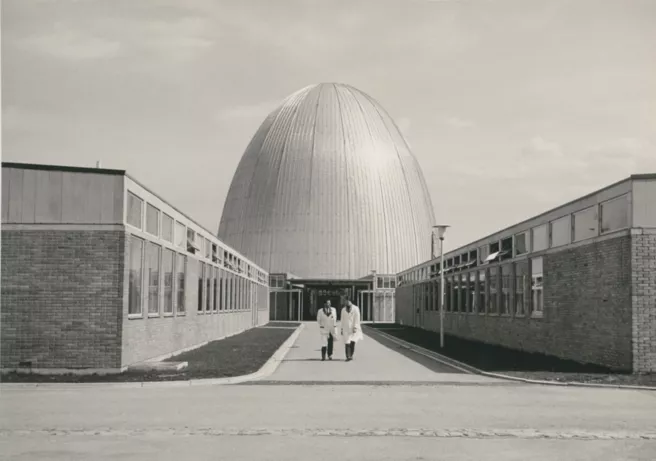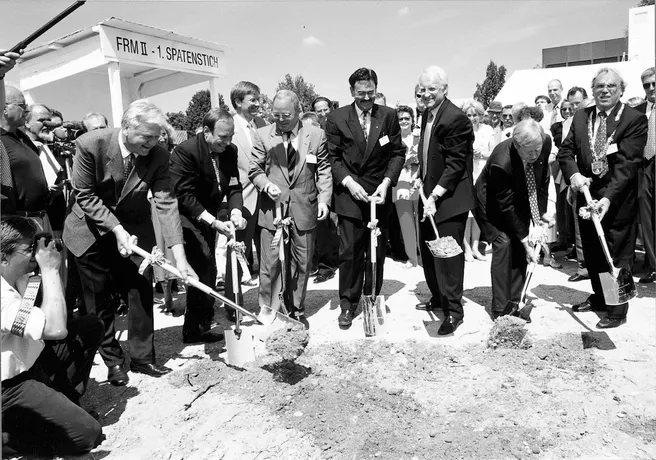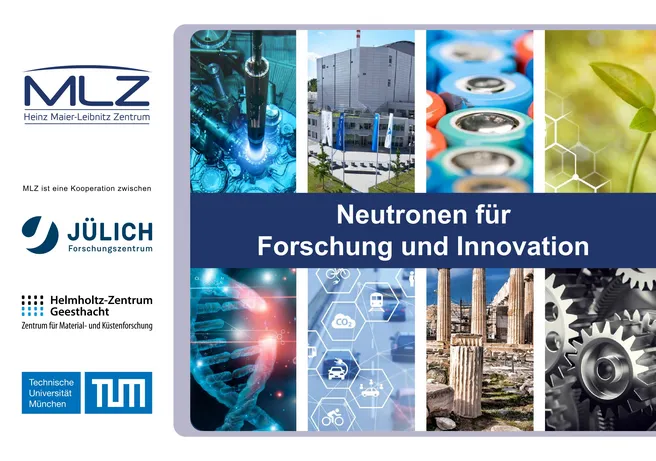About us
The research neutron source Heinz Maier-Leibnitz (FRM II) is a central scientific institute of the Technical University of Munich (TUM) housed on the premises of the Research Centre in Garching. The FRM II came into user operation in April 29, 2005 and provides neutrons for science, industry and medicine in four cycles of 60 days a year. The source is operated by the Technische Universität München (TUM), and financed by the Bavarian Ministry for Science and the Arts. The scientific use of FRM II is additionally financed by the Federal Ministry of Research, Technology and Space (BMFTR, formerly BMBF).
The scientific use of the FRM II takes place under the name Heinz Maier-Leibnitz Zentrum (MLZ) as part of a cooperation between:
- TUM,
- Forschungszentrum Jülich and
- Helmholtz Zentrum hereon
- in cooperation with the Max Planck Gesellschaft and nine other university groups.



